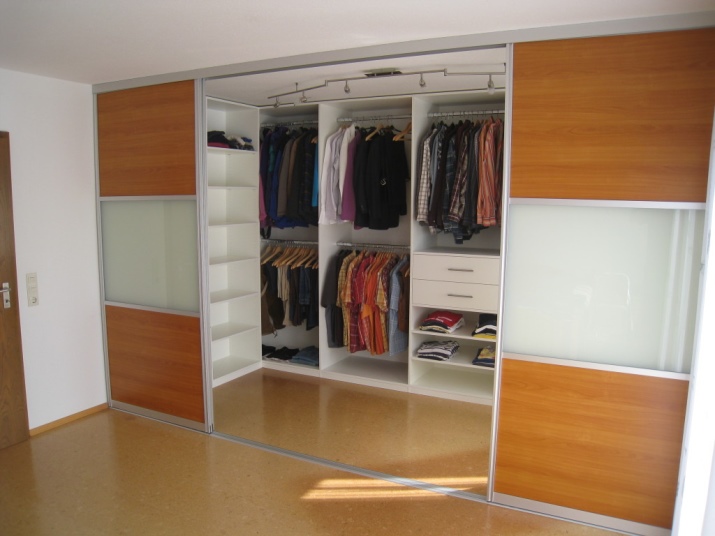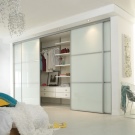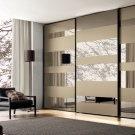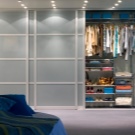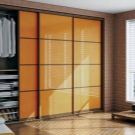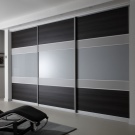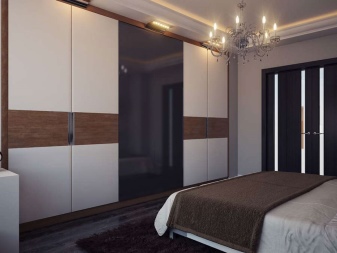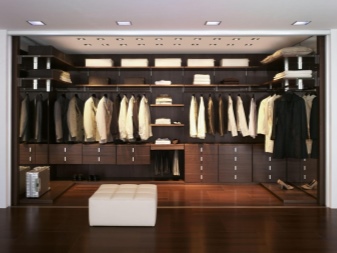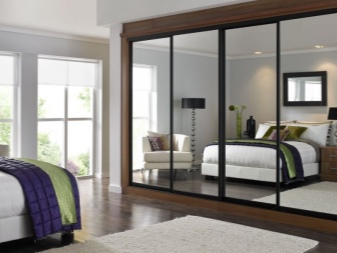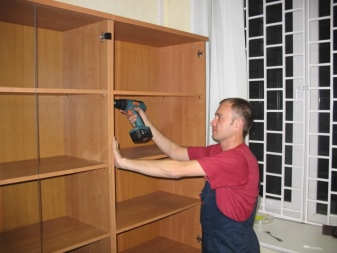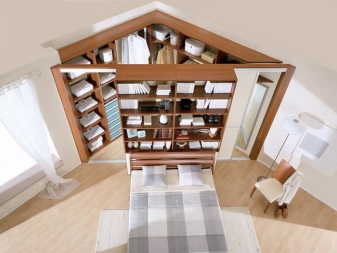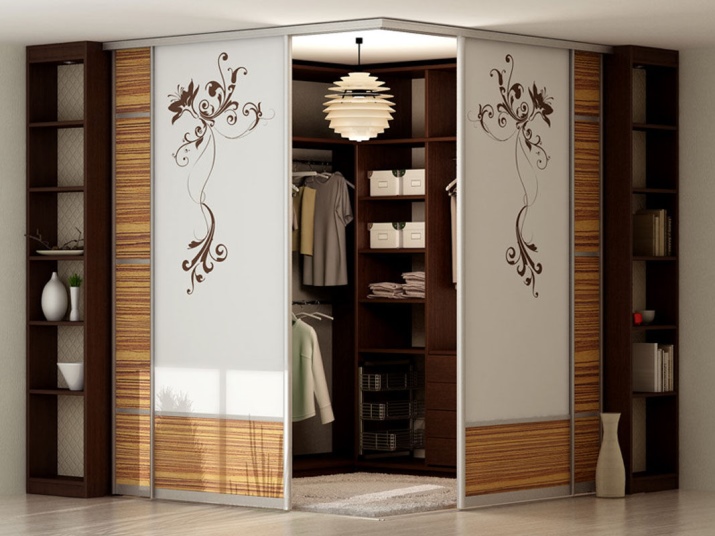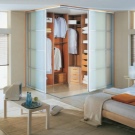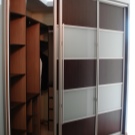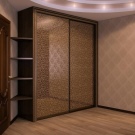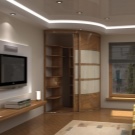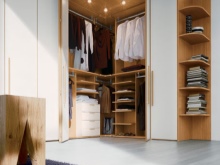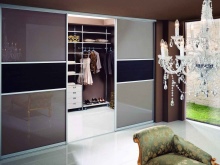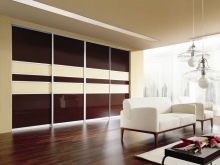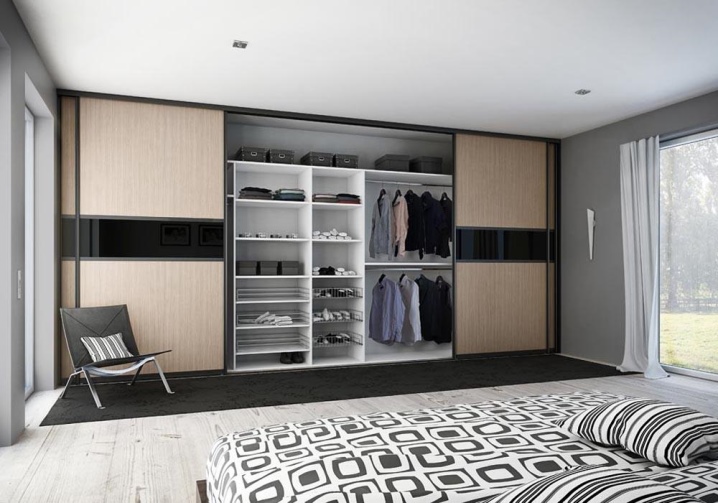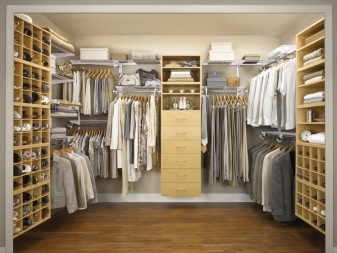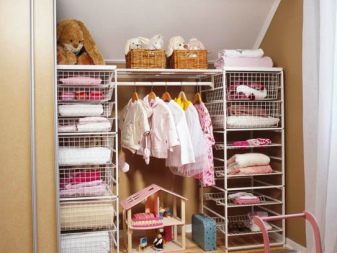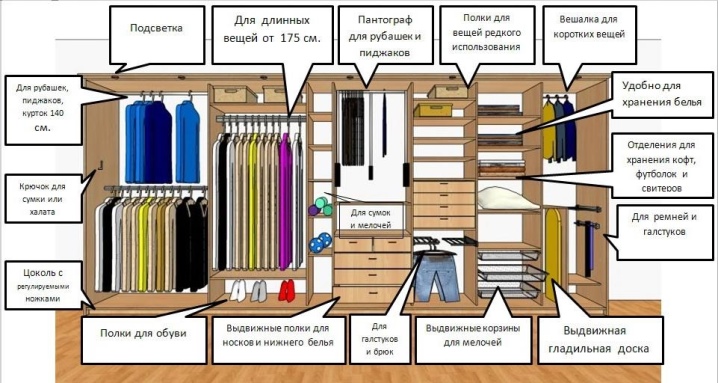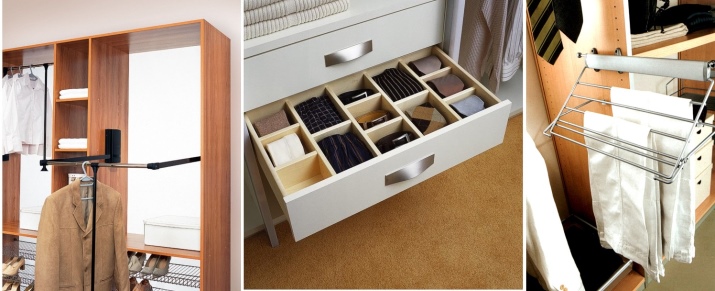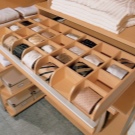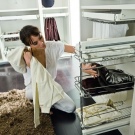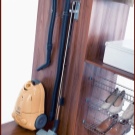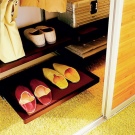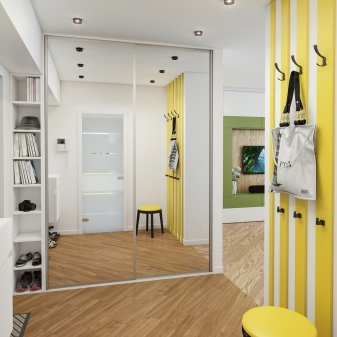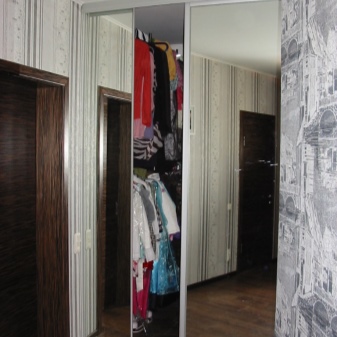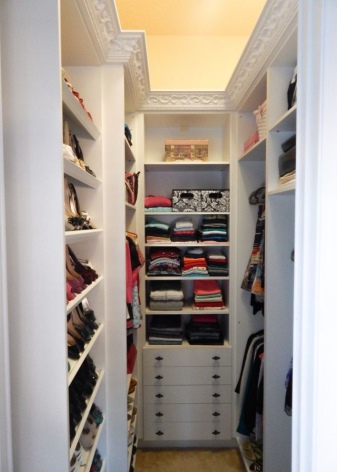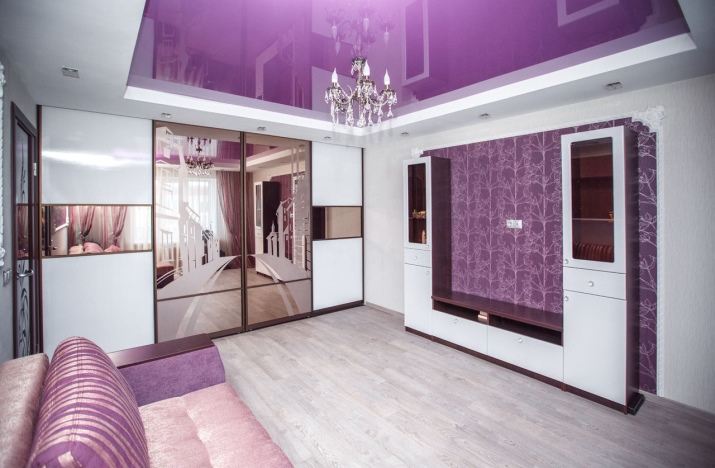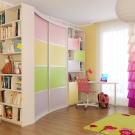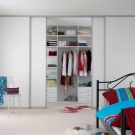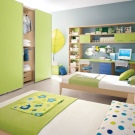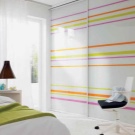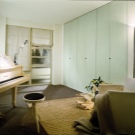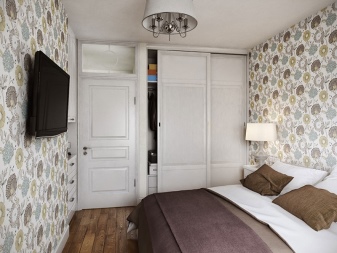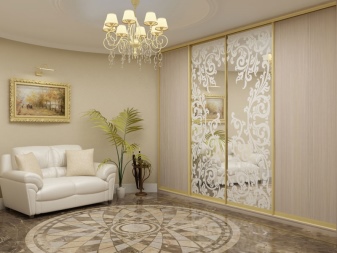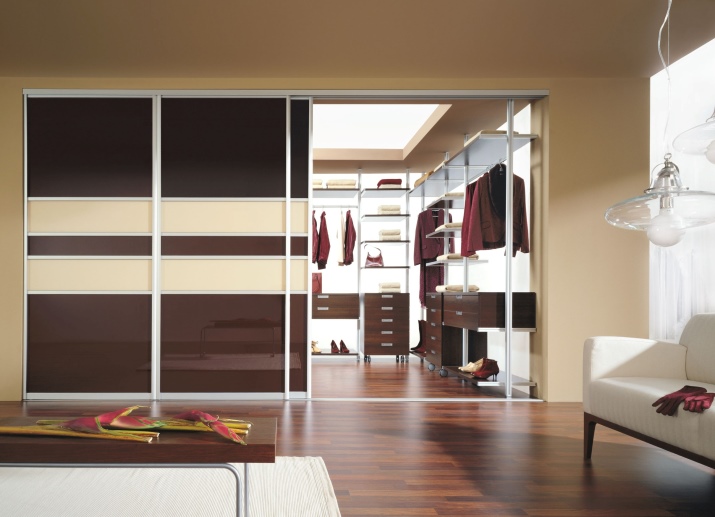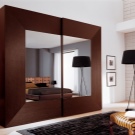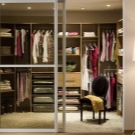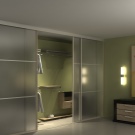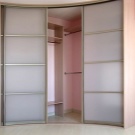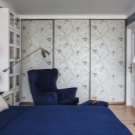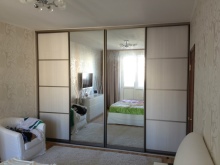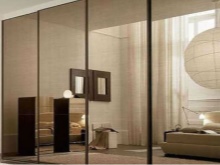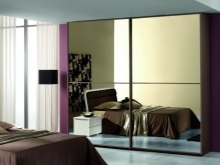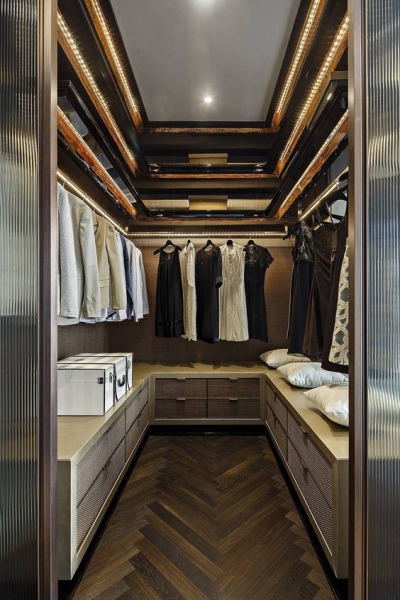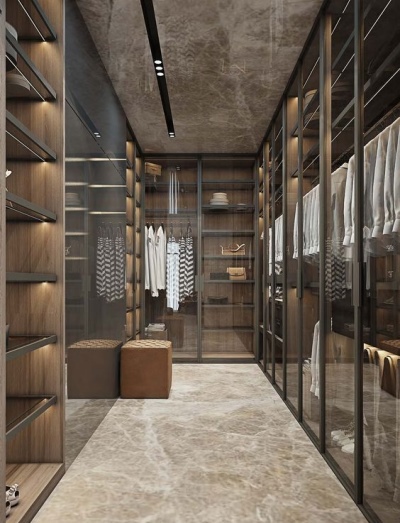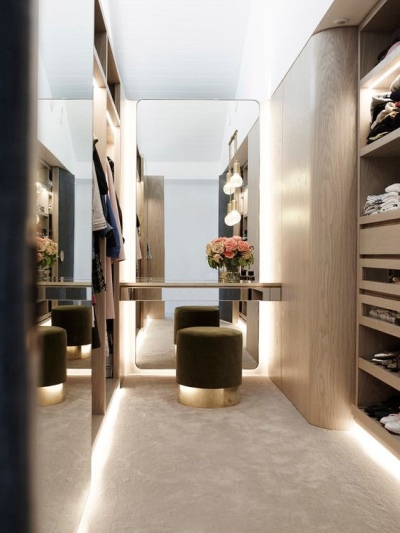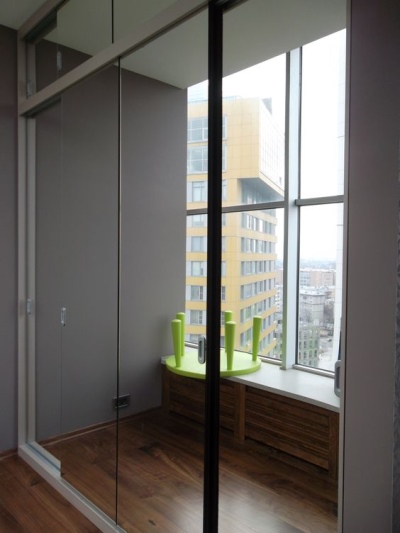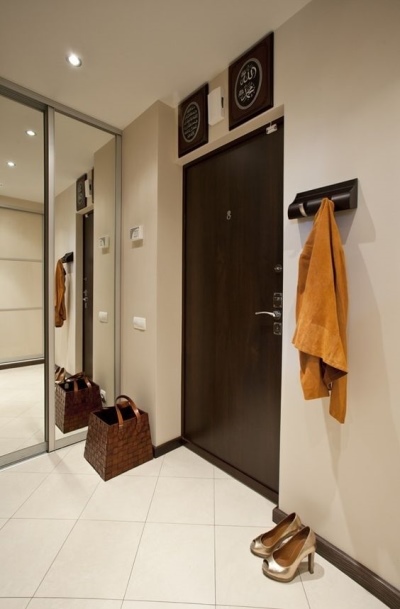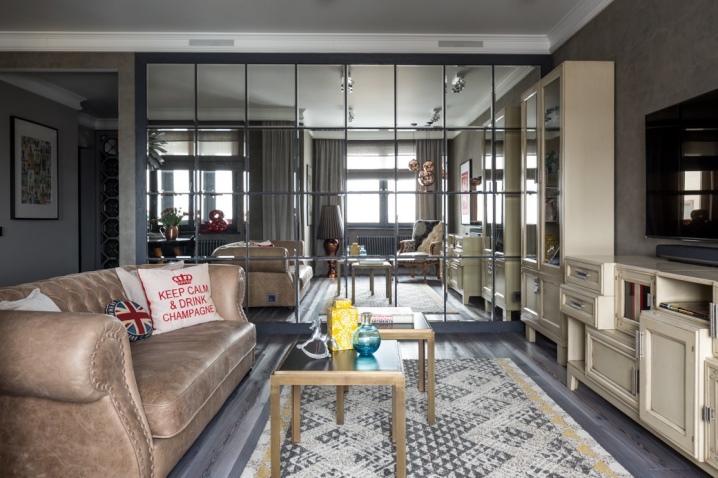Wardrobe closet
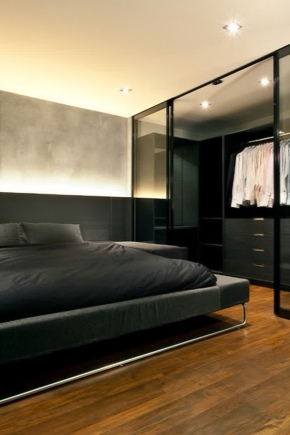
In order for the interior of the house to meet the latest trends, a large amount of free space must be present in it. Dressers and wardrobes occupying a lot of space are a thing of the past, and they are replaced by more practical and stylish interior elements, such as wardrobes for wardrobes.
This article will help to understand their features, models and existing types of content, answer questions regarding placement options and internal organization, as well as prompt interesting design solutions that make the wardrobe closet not only a practical acquisition, but also a full-fledged part of the interior.
Features and benefits
A distinctive feature of the wardrobe closet is the combination of its immediate purpose (storage) with the function of organizing space in the room. Its main advantages are space saving and smoothing of various room flaws, such as columns, niches or ceiling beams. Made to order, the closet fits perfectly into any space, and the sliding system eliminates the need for a place to open doors.
To install a wardrobe closet requires a minimum amount of free space of the apartment, which will be the most important criterion if the apartment is small. If the inner filling is organized correctly, then such a cabinet can hold 30-40% more clothes and necessary items, and a wide range of options for its design will allow to realize the most different fantasies.
Order and assembly
Ordering a wardrobe closet in a specialized furniture company, you can get rid of the need to independently make measurements, which in this case will make a specialist. By making your own assembly of parts ordered from the manufacturer, you can save a lot,and having all the necessary skills, you can do all the work yourself, from measuring and acquiring materials to manufacturing.
Models
The most spacious and stylish solution for a dressing room will be a corner wardrobe closet. This option is especially relevant for small rooms, as the angular design, in addition to its practicality, is able to visually expand the space.
There are two main types of corner cabinets - straight (in the shape of the letter “G”) and diagonal. The latter is distinguished by the location of the doors diagonally between the side walls.
As a rule, a lower cost is peculiar to a diagonal construction, but it also takes up more space.
Design options
Often a wardrobe closet is installed from floor to ceiling. Design options in this case may be as follows:
- The top worktop reaches the ceiling, but is not attached to it.
- The door guide rails are directly attached to the ceiling.
- The rails do not reach the ceiling, but a decorative strip is set above them.
The presence of a built-in wardrobe system with shoes, leg trousers and hooks is a great alternative to bulky shelves and partitions.Another interesting solution could be a wardrobe closet with an entrance. The closet itself in this case will divide the room, and the entrance will be sliding doors.
Internal filling
The wardrobe closet is filled according to the general principles of filling the wardrobe. This means that horizontal zoning with vertical compartments will be most preferable. This is not mandatory, and the content may be unique, but such a division will make it possible to use the cabinet space in the most efficient and practical way.
The main materials from which the inner filling of the wardrobe closet is made are plastic, glass, metal, wood or chipboard. The parts made of chipboard and wood are the most versatile, since fittings can be easily attached to them, independently adapted to suit your needs, without possessing special skills and tools.
Metal looks more modern, but it is much more difficult to modify it, if not to resort to the use of additional branded hardware. The use of cellular elements of metal with PVC will allow you to see what is in the boxes without pushing them.This solution will be not only convenient, but also original in appearance.
Organization of internal space
The inner space of the wardrobe closet is divided vertically into three main zones.
- The lower zone, designed for storing shoes, equipped with shelves and compartments for baskets or boxes.
- The main zone used for storing the most commonly used things (from underwear to jackets and raincoats).
- The upper zone, set aside for different hats and rarely used clothing.
In order to competently draw up a project, it is advisable to attract for this purpose a professional designer who can offer many different options.
Before you start planning the elements of filling, you should assess the amount of things that should be placed in the closet. To do this, you must first make a list, and it is desirable to do it within a few days, not minutes, otherwise there is a chance to forget something. The list on the paper should list separately women's and men's items, bedding, household appliances and chemicals, possibly tools.
After the list is ready, it is advisable to take measurements of the available clothes. It is not necessary to measure everything, it is enough to determine the dimensions of the most basic things: the length of dresses, coats, and coats. It is important to measure large objects, for example, an ironing board, sports equipment or a clothes dryer. When self-designing filling wardrobe closet, be sure to consider the thickness of the shelves and partitions.
It must be remembered that the universal version of the content that would fit all, does not exist. Some furniture companies offer their customers to familiarize themselves with typical models from photographs, after which the cost calculation is already carried out, taking into account individual parameters, materials and types of accessories.
Where to place?
The wardrobe closet, installed in the hallway, is intended for storing outerwear and footwear used in the present year, but it can also store clothing intended for other seasons. With a lack of free space in the hallway, you should give preference to clothing that will be used now or in the near future.
It is desirable that one of the closet doors be mirrored, as this will visually expand the space.
To create a dressing room, a wardrobe is placed in a dedicated part, for example, in a closet.
Wardrobe closet can be placed in any of the rooms, for example, in the living room or nursery. In the presence of an open section, it will be possible not only to store things and clothes, but also to place various elements of the interior. An open section in the nursery will be a very convenient option for storing toys or books.
It is not recommended to use the whole mirror cloth in the living room, because visually it can cause a disorientation effect and even dizziness. To use mirror panels in child psychologists are not recommended. Mirror elements in this room should not be in front of the eyes, that is, it is necessary to arrange them so that they do not fall direct look.
Decorative mirror elements should be positioned so that they fall on the sun's rays.. In this case, their reflections will give a new color to the entire interior of the room.
The maximum expansion of the space can be achieved by placing the mirror space of the wardrobe closet in front of the window (the room in this case should be in bright colors).
Interesting design solutions
The main interior load is in the facade of the wardrobe closet. In order to maximize compliance with the surrounding space, it can be made closed, open, solid or carved.
When choosing a mirror facade, it should be remembered that the mirror is a complex and important element of the decor, the use of which should be approached wisely.
The mirror facade can be made not only in the form of a single canvas, but also in the form of a panel, mosaic, panel or tile. The first option is desirable to use in the hallway. For the living room is preferably a mirror panel. A special solution - the design on the doors of a large and simple pattern, which is pasted over with a mirror film.
We have collected for you the most interesting ideas of interior design:
- Wardrobe closet with entrance.
- Wardrobe closet in the room.
- Wardrobe closet with mirrored panels.
- Mirror panels of the wardrobe closet, placed opposite the window, expand the space.
- Mirrored wardrobe closet in the hallway.
- The doors of the wardrobe closet, decorated with mirrored tiles.
